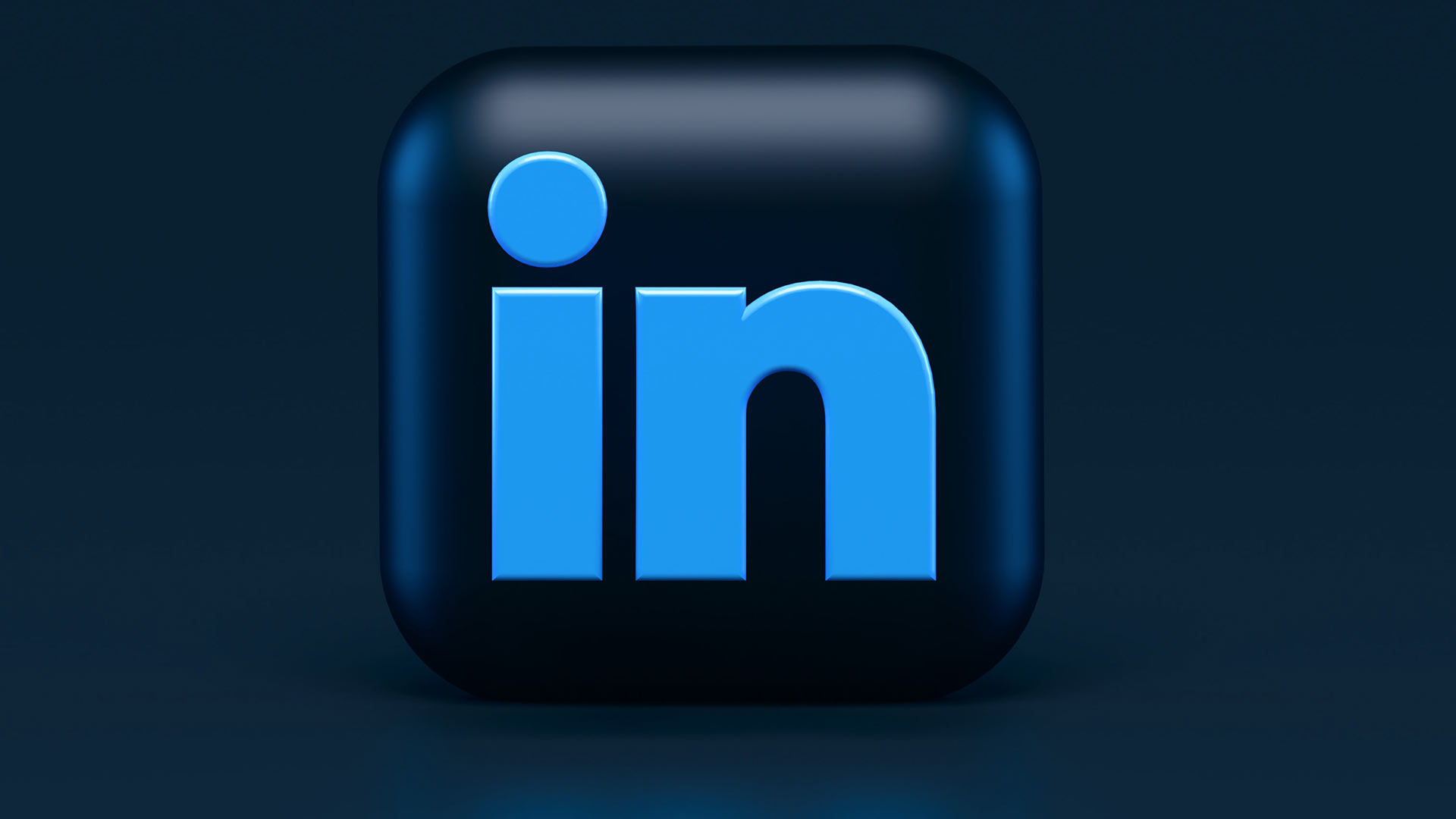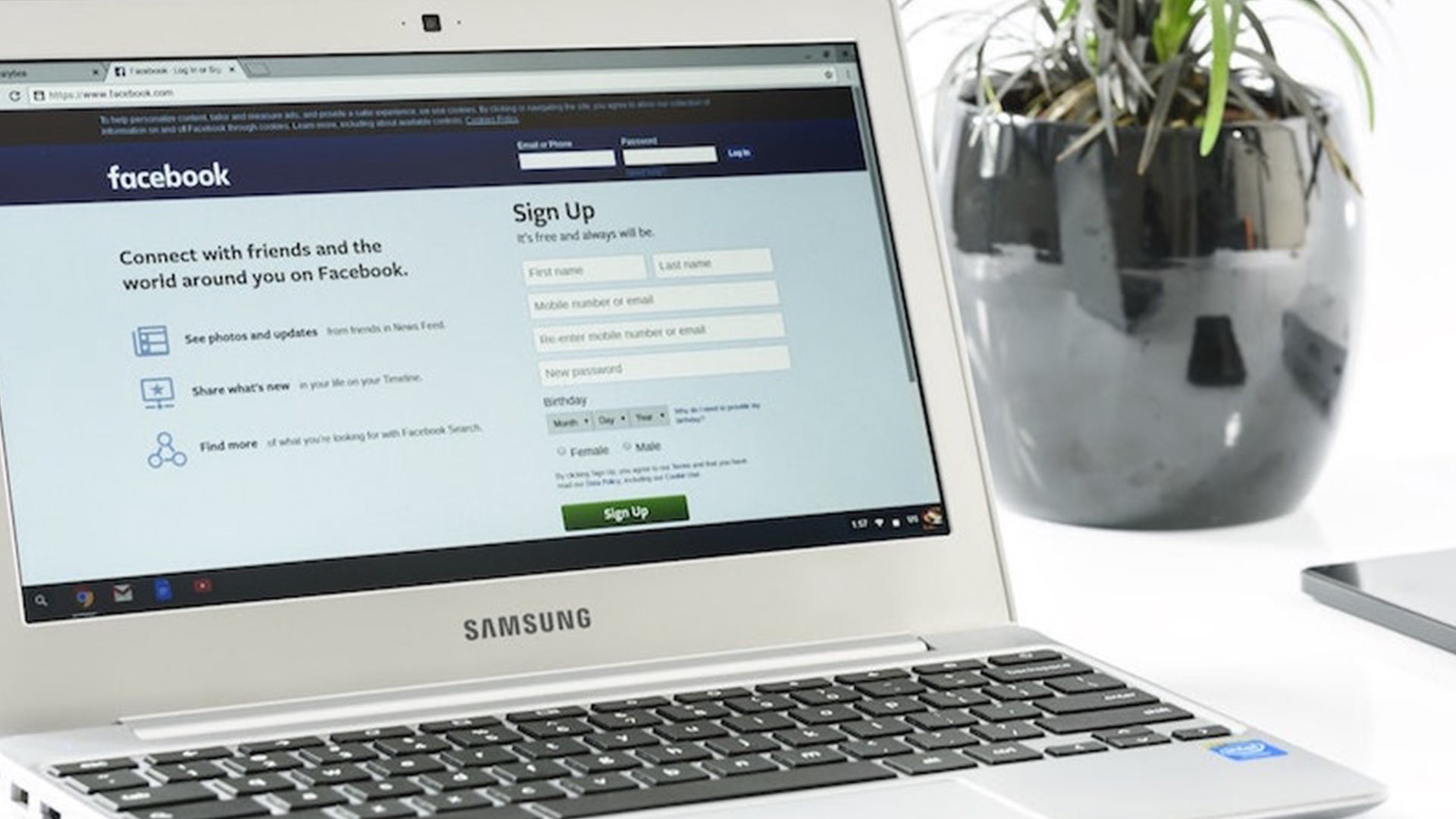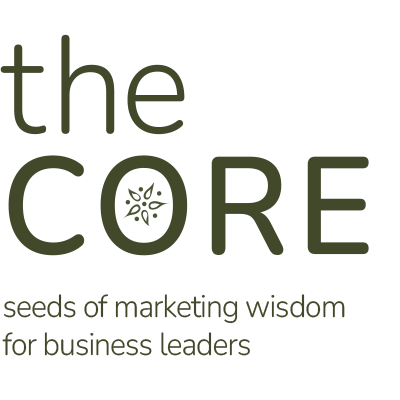Marketing plays an important role in every part of a buyer’s journey. From creating a memorable first impression to finding ways to turn customers into raving fans, it’s important to know how to create experiences that enhance customer satisfaction.
The concept of “surprise and delight” is one of our favorite tools in our marketing tool belt. In essence, surprise and delight is a strategy to reward customers when they’re not expecting it. These customer experience tactics have proven to trigger positive feelings, create a deeper sense of brand loyalty, increase referrals, and multiply revenue. These moments work as a brand differentiator, and they can also be a highly effective strategy for fostering long-term customer loyalty.
Some of our favorite marketing campaigns over the years have included helping our clients find ways to “surprise and delight” their customers. It’s always fun to show appreciation and bring joy to someone’s day. We’ve also learned a thing or two about how to enhance customer satisfaction using this technique. Here’s what we’ve learned:
3 Tips for Incorporating “Surprise and Delight” Into Your Marketing
As you look for ways to surprise and delight your customers, here are three best practices to consider:
1. Make it Personal
The best surprise and delight campaigns are personal. Giving a gift or reward to a customer can inspire strong brand loyalty. If you have a small number of clients, consider how to make each gift or reward as personal as possible. Companies with a large number of customers can still find ways to have a personal touch. Customer segmentation is an effective tactic to incorporate personalization into your surprise and delight campaigns so that particular types of rewards target the customers who will appreciate them the most.
2. Make it Genuine
Today’s customers know the difference between a gift and a marketing tactic. For example, some companies create “surprise and delight” campaigns based on coupons or discounts. Other companies use location-based services to reach customers on mobile devices and offer discount coupons when they’re near a particular physical location. But these are classic sales promotions, rather than surprise and delight campaigns.
The best surprise and delight campaigns show customers you genuinely care about them. It could be bringing unexpected gifts or simply creating special moments in the purchasing process for consumers. Even website design can include moments of surprise and delight. For instance, an unexpected 404 error page can bring levity and playfulness to website navigation. The more small moments of joy you can include in the customer journey, the more likely customers are to retain positive feelings about your brand.
3. Make it Simple
One obstacle that keeps businesses from investing in surprise and delight is a fear of the unknown. Established brands may have trouble finding places in their customer experience for a breath of fresh air, a moment of joy, or a truly human connection. Our advice to these brands is to start small and go from there. Don’t overthink it. Maybe your sales presentation could incorporate a meme or pop culture reference. Your merchandise or packaging could include a character, pun, story, quote, or tasteful joke. With attention to detail and an understanding of your customer base, you can find places to spread joy and build brand integrity.
3 Ideas to Enhance Customer Satisfaction with Surprise and Delight
As you consider how to incorporate surprise and delight into your marketing efforts, here are three specific scenarios you can create campaigns:
1. Send Client or Customer Appreciation Gifts
According to data from Merkle HelloWorld Loyalty Report, the best ways to engage consumers is through surprise offers or gifts for being a customer. Many companies send gifts during the holiday season. But sending gifts randomly throughout the year is a great way to create a more memorable experience. In today’s digitally connected world, virtual client appreciation gifts are also valuable tools to enhance customer satisfaction.
2. Incorporate Surprise and Delight into Client Onboarding
The onboarding process is important for establishing the foundation of the relationship with your clients and customers. While creating a seamless onboarding experience and setting expectations are important for creating an outstanding onboarding experience, why not find a way to surprise and delight them from the very beginning?
3. Celebrate Your Customers’ Personal Wins
One way to show customers you care about more than just their business is to celebrate their personal victories and successes. This is where social media channels can help you stay connected with customers. As you get to know them, find ways to show you have a genuine interest in them as humans. It could be sending a personal birthday card, congratulating them on an educational milestone, or sending a meal or gift card for their newborn.
The best way to enhance customer satisfaction is to make them feel like you’re going above and beyond for them. Surprise and delight customers by doing something unexpected to show appreciation and let them know how much you value knowing them.










